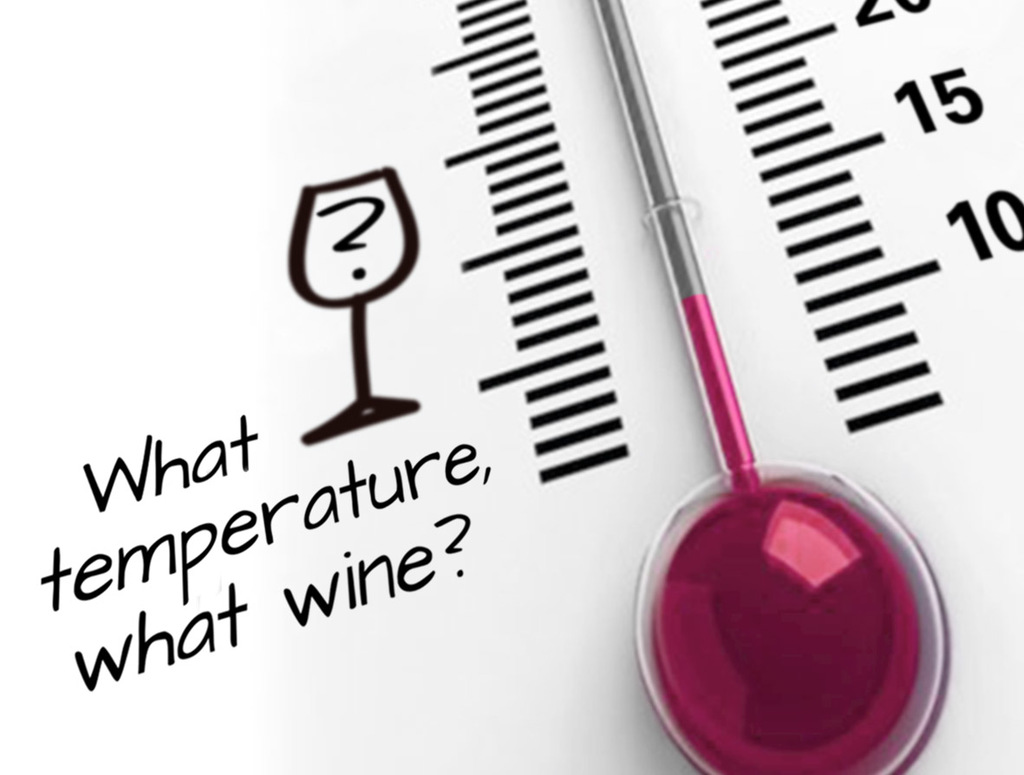This is a tricky one. But here in South America, where temperatures are perhaps a little balmier than you might find in Michigan, or London for example, wines tend to (and should) be served a little cooler than you might expect.
When I grew up in England, we were told as a basic rule “whites in the fridge, reds room temperature”. That’s not far off, but if you like to ramp up the central heating in your cosily carpeted home, your room temperature is likely to be far too hot for a wine.
Ideal temperatures for wines
Ice Ice Baby (6-9 C)
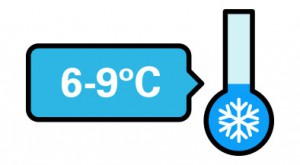
Keeping it cool (8-10C)
M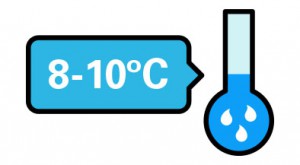
A fresh dip (9-13C)
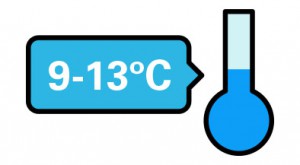
A cool room (12-16 C)
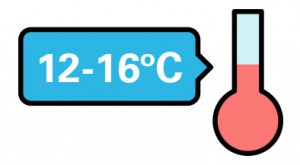
Room temperature (15-18 C)
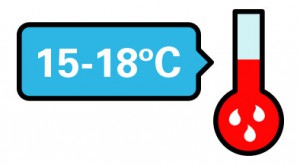
Tipple Tips
- Temperature is important because of the play between alcohol and aroma. The hotter the wine, the more noticeable the alcohol (it’s the same reason why some whisky drinkers might add ice). Drink it too cold, and the aromas are ‘closed’ (again, one of the reason serious whisky drinkers never add ice). Similarly a hot wine can mean that the subtle aromas get lost and all you notice is the alcohol. A really cold red wine can also make the tannins feel tight in your mouth.
- A wine is easier to warm up in a glass, rather than cool down. If you served it a shade too cool, cup your glass in your hands for a minute or two. If you served it too hot, pour your wine back in the bottle, pop a cork in it and put it in the fridge (or an ice cooler if in a rush) for a little while.
- Avoid blasting a wine with ice if you can, similarly heating it up too quickly. Any rapid changes in heat are risky changes for a wine.
- Ideal wine storage? Dark, dry, dormant (don’t move it much!) and 12-13C.
- Got some left over? Lucky you! Put a cork (a fancy air suction pump if you have it) and keep it in the fridge, whatever the colour.
